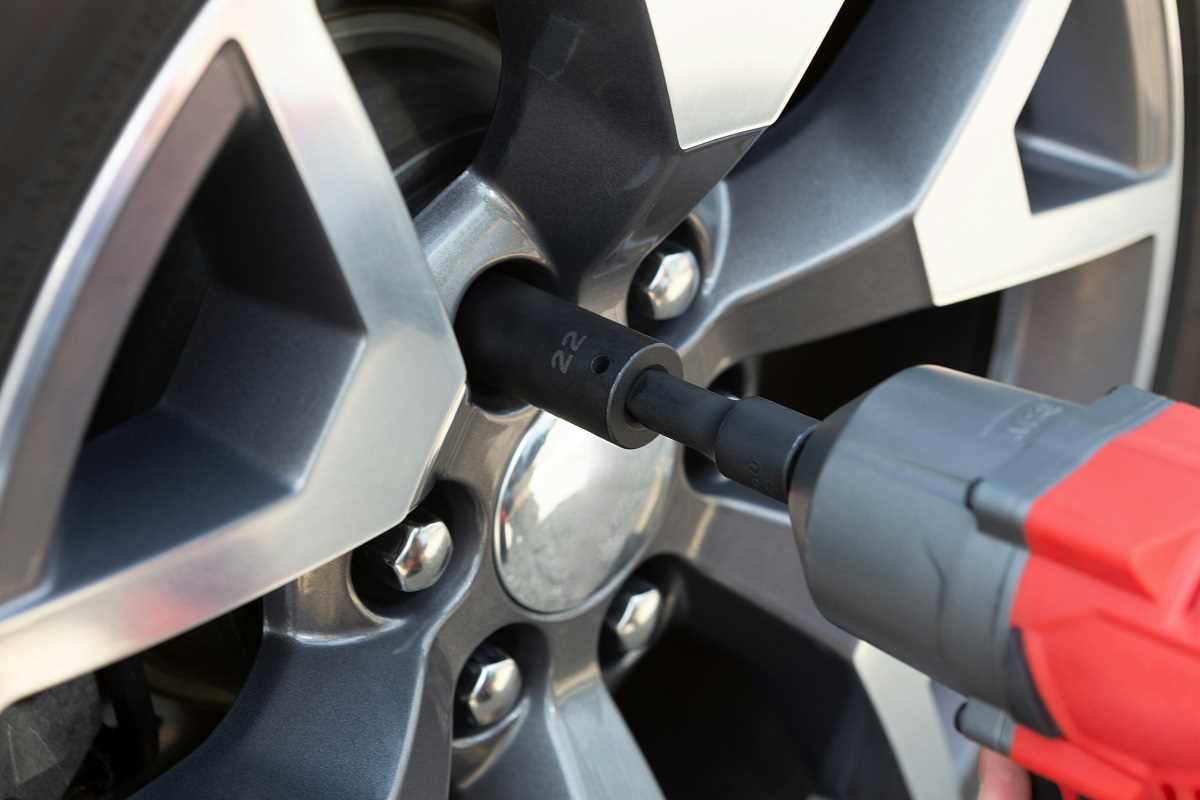Winter driving presents unique challenges that can test both your vehicle and your driving skills. As temperatures drop and road conditions deteriorate, proper preparation becomes essential for staying safe behind the wheel. Having lived through many harsh winters myself, I've learned that a well-maintained vehicle makes all the difference between confidently navigating through a snowstorm and being stranded on the roadside in freezing temperatures.
With a bit of preventive maintenance and some practical know-how, you can significantly reduce your risk of winter-related car troubles and keep your family safe during the coldest months of the year.
Battery Maintenance Is Critical in Cold Weather
Your car's battery works harder during winter months, as cold temperatures reduce battery capacity while simultaneously increasing the power needed to start your engine. A battery that performs perfectly during summer might fail without warning once temperatures plummet below freezing. This happens because the chemical reactions that generate electricity occur more slowly in cold conditions, reducing the battery's ability to produce sufficient current for starting.
Parking in a garage whenever possible helps maintain a more moderate battery temperature, reducing the strain during cold starts. If garage parking isn't available, consider using a battery blanket or insulator, which helps retain heat and improves starting performance. For vehicles that sit unused for extended periods during winter, a battery maintainer or trickle charger can prevent the gradual discharge that occurs naturally over time.
Remember that extreme cold can reduce battery capacity by up to 50 percent, making a marginal battery that works fine in October potentially inadequate by January. Being proactive about battery maintenance not only prevents the inconvenience of unexpected failure but also extends battery life, saving money in the long run by avoiding emergency replacement situations.
Proper Tire Selection and Maintenance Saves Lives
Winter tires represent one of the most significant safety investments you can make for cold-weather driving, providing dramatically improved traction on snow and ice compared to all-season alternatives. The specialized rubber compounds in winter tires remain pliable at lower temperatures, while their unique tread patterns are designed specifically to channel snow and slush while gripping icy surfaces. The difference becomes particularly noticeable during braking, where winter tires can reduce stopping distances by up to 40 percent on snow-covered roads.
Tire pressure requires close monitoring during winter months, as cold air causes pressure to drop, approximately 1 PSI for every 10-degree Fahrenheit decrease in temperature. Underinflated tires reduce fuel efficiency, compromise handling, and wear more quickly and unevenly. Check your tire pressure at least monthly during winter, ideally when the tires are cold, and maintain the manufacturer's recommended PSI levels found on the driver's door jamb or in your owner's manual.
- Install a complete set of winter tires rather than mixing with all-season tires
- Verify adequate tread depth (minimum 3/32 inch, preferably 6/32 inch for winter)
- Consider studded tires for areas with persistent ice (where legally permitted)
- Rotate tires according to manufacturer's schedule to ensure even wear
- Inspect sidewalls for cracks, bulges, or damage from winter road hazards
- Check wheel alignment if you notice pulling or uneven tire wear
- Store summer tires properly in a cool, dry location away from direct sunlight
- Consider using tire chains for extreme conditions or emergency situations
- Remember that 4WD/AWD helps with acceleration but doesn't improve braking
- Budget for winter tires as a safety expense rather than an optional upgrade
Tire tread depth becomes especially critical during winter driving, as worn tires cannot effectively channel away slush and standing water, increasing the risk of hydroplaning. The simple "penny test" provides a quick way to check tread depth, insert a penny into the tread groove with Lincoln's head upside down. If you can see all of Lincoln's head, your tread depth is less than 2/32 inch and the tire needs replacement immediately for safe winter driving.
While initial cost often deters drivers from purchasing dedicated winter tires, consider the economics from a different perspective: using winter tires during cold months extends the life of your all-season or summer tires, effectively spreading tire wear across two sets rather than accelerating wear on a single set. More importantly, the improved safety margin provides priceless protection for you and your family during challenging winter driving conditions.
Visibility Matters More Than You Think
Effective winter driving depends heavily on clear visibility in all directions, making properly functioning wiper blades essential safety equipment. Standard wiper blades often become stiff and ineffective in cold temperatures, leaving dangerous streaks across your windshield during critical moments. Winter-specific wiper blades feature a rubber boot that prevents ice and snow from accumulating on the blade assembly, maintaining consistent contact with the glass surface even in harsh conditions.
All windows require complete clearing before driving, not just a small "porthole" on the windshield. Snow and ice on side windows and mirrors limit your ability to monitor surrounding traffic, while snow on the roof can slide forward onto your windshield during braking. Take the extra few minutes to fully clear all glass surfaces, including mirrors, before driving. A long-handled snow brush with an ice scraper makes this task much easier, especially for clearing snow from the roof of taller vehicles.
Defogger and defroster systems need regular checking to ensure they're functioning properly before winter arrives. Inside window fogging occurs when warm, moist air inside the vehicle contacts cold window surfaces, and can seriously impair visibility within seconds. Your car's climate control system is designed to clear this fogging quickly when functioning correctly, using either heated air directed at the windshield or the air conditioning system to remove moisture from the air.
Keep Fluids Flowing to Prevent Freezing
Engine coolant (antifreeze) requires testing before winter to ensure it provides adequate freeze protection for your climate. A simple coolant tester, available inexpensively at any auto parts store, measures the freeze point of your current coolant mixture. Most vehicles require protection to at least -34°F, which corresponds to a 50/50 mix of antifreeze and water. If your coolant doesn't meet this standard, a coolant flush or adjustment of the mixture ratio becomes necessary for winter protection.
The quality of your engine oil significantly affects cold-weather starting, as thick oil creates additional resistance that your already-strained battery must overcome. Consider switching to a lower viscosity oil for winter driving if recommended in your owner's manual. Many manufacturers specify 5W-30 or even 0W-20 for cold climates, as these thinner oils flow more readily at low temperatures while still providing adequate protection once the engine reaches operating temperature.
Power steering fluid thickens in cold temperatures, potentially making steering difficult until the vehicle warms up. Checking power steering fluid levels and condition before winter helps identify potential issues before they affect steering performance. If you notice increased steering effort during cold mornings or hear whining noises when turning, having your power steering system inspected could prevent more serious issues as winter progresses.
Emergency Supplies Every Winter Driver Should Carry
A well-stocked emergency kit serves as your safety net when winter driving conditions turn dangerous or your vehicle becomes disabled in cold weather. At minimum, this kit should include a quality ice scraper with snow brush, a small folding shovel for digging out of snowdrifts, and jumper cables or a portable jump starter that doesn't rely on another vehicle. These basic items address the most common winter driving emergencies and can mean the difference between a brief delay and a dangerous situation.
Visibility and signaling items round out a comprehensive winter emergency kit, including a flashlight with extra batteries, reflective triangles or LED flares to mark your location, and a brightly colored cloth to tie to your antenna or hang from a window. These items help rescuers locate your vehicle during limited visibility conditions and alert other drivers to your presence if your vehicle is partially obscured by snow or positioned in a dangerous location.
 (Image via
(Image via
.jpg)




